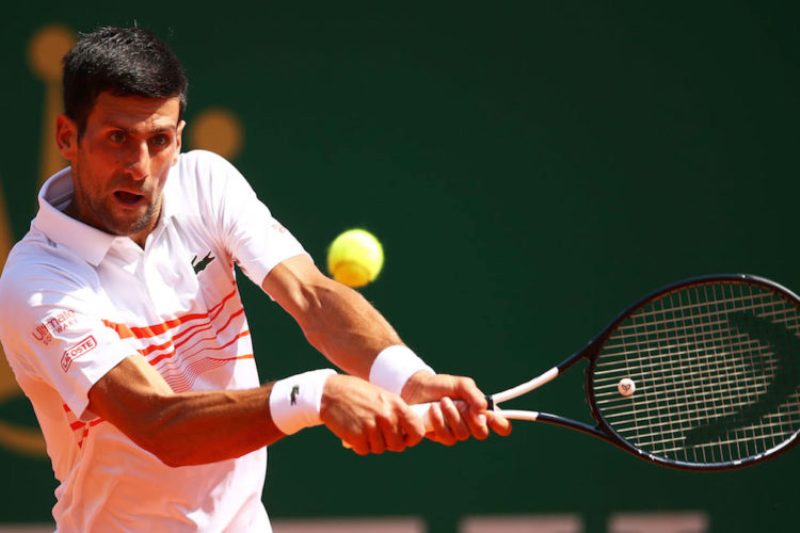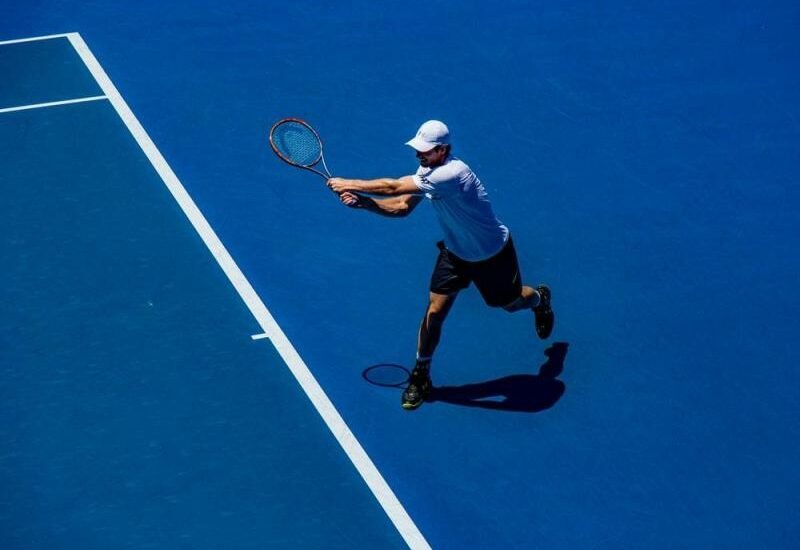Tennis players are prone to a multitude of injuries, mainly due to the start-stop nature of the game and the immense amount of agility required. Not only this but in tennis, you’ll be at risk for injury in almost every part of your body as the sport requires the use of your whole body. Most tennis injuries are the result of playing too much, especially if the player is out of practice. Here are some helpful tips which you can do before you play in order to prevent injuries and exercises you can do if you do find yourself injured.
Before you play
If you haven’t played tennis in a while and want to get back into it, it’s always best to ease yourself into your court routine. Even if you were a pro player years before, your body needs time to train itself to get back into the fighting shape it once was. A proper warm-up is also extremely important in preventing possible injury.
According to physiotherapist experts, you should ideally start playing for 30 minutes at a time once or twice a week. After this, you can increase your playing time by 15 minutes every week until you’re comfortable playing for two hours (or however long you want to play for). You should also play against someone who had has the same skill set as you – if you’re running around constantly chasing shadows, you won’t do much for yourself).
Proper warm-ups are extremely important before exerting a lot of pressure on your muscles. Begin with a 10-minute brisk walk and follow next with some of the exercises listed below:
The Standing Hamstring Stretch

Stand with one leg out at a 45-degree angle with your foot pointed upright. Bend your left leg while resting your hands on your right leg for balance until you feel a slight stretch in the back of your hamstring. Hold for 20 – 30 seconds and repeat on the other leg – do this 5 times for each leg.
The Standing Calf Stretch
Stand facing a wall and lean against it with your hands. Place your right leg slightly behind your leg, then bend your left leg while keeping your right leg straight with your heel firmly on the floor. Lean forward until you feel the muscles in the straight leg begin to stretch. Hold for 20 – 30 seconds and repeat on the other leg – do this 5 times for each leg.
Hip Adductor Stretch
Stand with your feet wider than hip-width and keep your right leg straight. Bend your left knee so that your body weight is supported on the side of your knee while keeping your left foot pointing forward. Hold for 20 – 30 seconds and repeat on the other leg – do this 5 times for each leg.
You can also stretch your lower back by standing shoulder length apart and leaning forward while looking ahead. Do this slowly until you can feel a stretch in your lower back and hold for 20 seconds. Repeat this 15 times.
You should also stretch out your arms and shoulders by making circles with your arms 15 times clockwise, and 15 times anti-clockwise.

After the Game
A cool-down exercise after you play will make it easier for your muscles to recover and prevent injuries later down the track. Relax, catch your breath and walk around for 5 minutes in order to slowly lower your heart rate. Finish with some of the same stretches that you did for the warm-up and drink plenty of water! Always take it easy after a hard workout and rest up appropriately,
Don’t Be Afraid to Visit the Physio
Sports physiotherapists are there to help you with injury prevention and recovery. If you’re serious about taking care of yourself, book an appointment with your local sports physiotherapist today.




